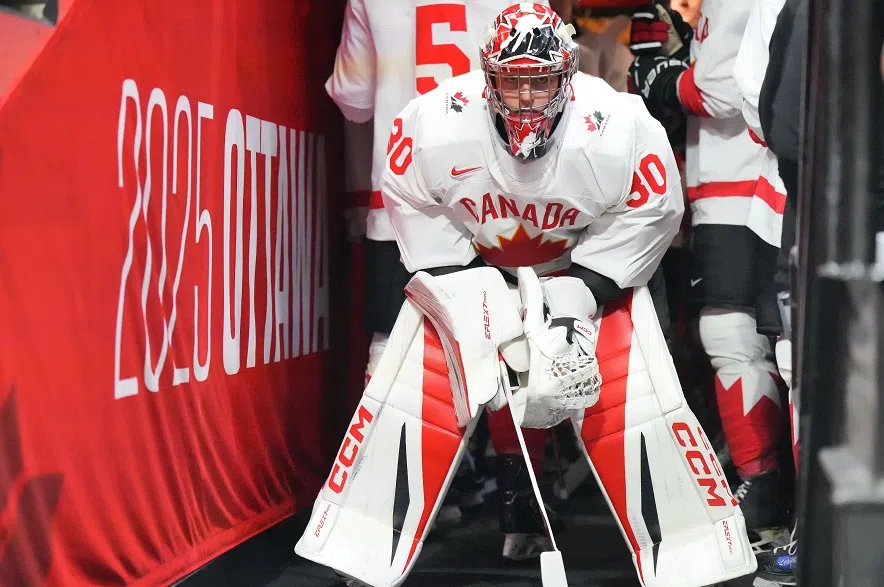British Columbia’s top Mountie says rolling out body-worn cameras for officers in the province will address calls to “enhance public trust,” but a sociologist who studies technology’s effect on policing says evidence of it reducing use-of-force incidents is “inconsistent.”
Deputy Commissioner Dwayne McDonald, commanding officer of the RCMP’s E Division in B.C., said Thursday that the initiative to have front-line officers in B.C. wear the cameras is the “largest and most ambitious rollout of body cameras across the province.”
“The introduction of the cameras is now the national standard for the RCMP and addresses calls I’ve personally heard from local, regional, Indigenous and provincial leaders to address the overall need to enhance public trust (and) confidence in policing,” McDonald said.
He said the introduction of the cameras and the evidence-management system to handle the digital data they collect “is expected to provide transparency to strengthen accountability and to enhance officer and public safety.”
Insp. Ted Lewko, the officer in charge of the RCMP detachment in Mission, B.C., said Thursday that he’s grateful that Mounties in his community will be among the first to wear body cameras to record police interactions with the public.
Lewko said 44 cameras will be used by his officers starting next week, and he’s “very hopeful” that they will improve officer safety, strengthen trust with the public and help resolve complaints more quickly.
Police said during a news conference in Surrey that thousands of Mounties across B.C. will soon be fitted with the devices.
About 300 cameras will be issued to officers in Mission first, then to other communities, including Tofino and Ucluelet on Vancouver Island, and Cranbrook, Kamloops and Prince George.
The national deployment of body cameras is expected to be completed by the end of next year, and follows other law enforcement agencies in B.C. that have started employing body cameras, including in Vancouver and Delta.
Chris Schneider, a sociology professor at Brandon University in Manitoba, studies how technology “contributes to changes in policing and police work.”
Schneider said the evidence around whether body cameras reduce instances of use of force and police complaints is “inconsistent,” but research shows that “people feel safer with cameras.”
“When you look at the actual evidence about reductions in crime and harm, they don’t coincide with people’s feelings,” he said.
Schneider said police, government officials and the public have, in recent years, “shifted to discussions around accountability and transparency.”
However, he said those two terms are usually not measured in the social scientific or scientific research literature.
“Meaning that there’s no way for us to actually know whether or not body worn cameras contribute to transparency and accountability,” he said.
The $240 million supplied by the federal government for the program, and $50 million a year pledged to support the RCMP’s body cameras, could go to investments in “social infrastructure” including affordable housing, addiction rehabilitation institutions, job training, education and health care, he said.
“The research literature is crystal clear that these things … lead to concrete reductions in crime and reductions in harm and make communities better, happier and safer,” he said.
Schneider said there are more effective, but more complex, ways of enhancing police accountability and transparency, such as strict policies around discipline for officer misconduct, as well as requiring officers to hold professional liability insurance.
Officers found liable for misconduct would see their premiums rise, and too many occurrences would make carrying such insurance too expensive, he said.
“The idea being that they could no longer afford to be police officers. All the bad apples go away. We’re only left with good cops. Problem solved,” he said.
This report by The Canadian Press was first published Nov. 21, 2024.
Darryl Greer, The Canadian Press







